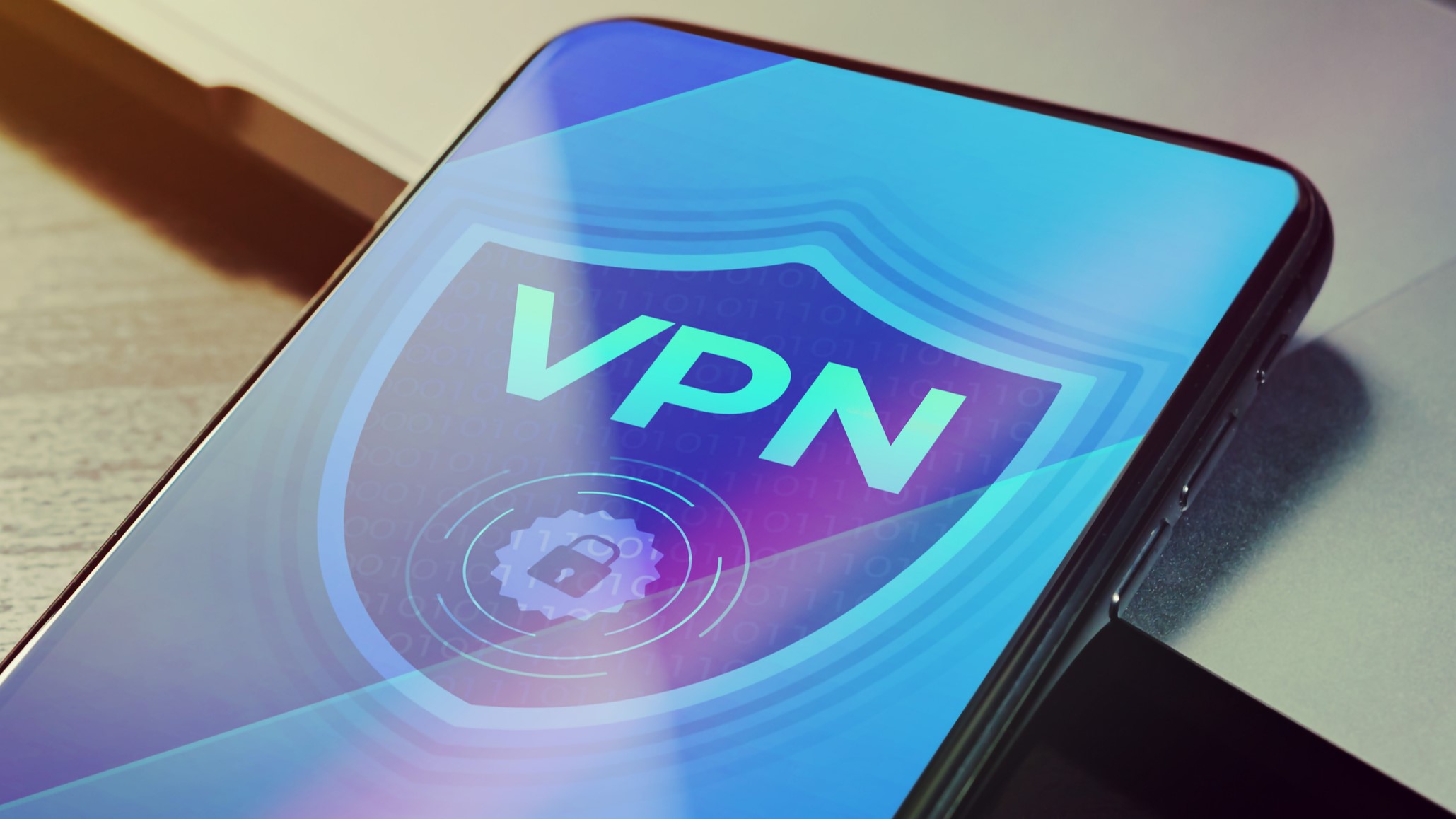
There’s a lot of VPNs out there that appear great at first glance, but turn out to have some serious flaws once you start digging into them. That said, TouchVPN certainly ticks all the right boxes: it can disguise your IP address, encrypt your data, and help you access geo-restricted content. It’s no wonder that this free VPN has started turning up in more discussions, but it’s not featured on our best free VPN guide.
At least, not yet. In this review, I’ll break down Touch VPN’s strengths and weaknesses across several critical areas: pricing, privacy, performance, streaming capabilities, app usability, and additional features. By the end, you’ll know whether we need to make a new spot amongst our top free VPNs or it turns out TouchVPN is one to avoid after all.
Touch VPN on paper
Touch VPN pricing and payment
Touch VPN is a freemium VPN. The free version is available on all client apps, unlike some mobile-only free trials I’ve seen other VPNs offer. You can ignore the in-app purchases that upgrade your client with premium features and just use it as a free app, but you’re still going to end up paying somehow.
Free VPNs have to monetize their traffic somehow, and this is usually through invasive ads, throttling traffic until you subscribe, or even selling your data to third parties. In fact, Touch VPN’s privacy policy specifically states, "we may serve ads through the use of third-party advertising services."
Touch VPN’s free plan also comes with some serious limitations. Your data usage is restricted to 500 MB per day, which will let you stream a couple of YouTube videos at best. Additionally, you’ll only have access to a limited selection of server locations.
There’s two options for upgrading. One month of the premium subscription is $12.99, whereas upgrading for the year will cost you $79.99. Upgrading to a premium plan provides unlimited data, access to more server locations, faster speeds, and removes the intrusive ads found in the free version.
However, the cost of these plans is surprisingly high compared to what’s offered. At $12.99 per month or $79.99 per year, Touch VPN’s prices are comparable to leading VPNs like ExpressVPN, despite offering far fewer features.
Touch VPN privacy and logging
Whenever I’m figuring out how good a new VPN is, privacy is the first issue on my mind. It should be for you too. After all, you’re trusting the service with your internet data
As such, when I notice that a free VPN uses ads to monetize the service I immediately start looking at the privacy policy to see how much of my data they’re sending to third parties.
Apparently, it’s all anonymized before it leaves the device. I don’t doubt this is the case, but there’s plenty of ways to de-anonymize it if you have enough data. TouchVPN also assigns a hash to each of your unique devices that connects to the service, and the third-party ad service they use has access to both your real and VPN IP from inside the app. Pretty worrying.
What about the actual VPN? Well, according to the Touch VPN privacy policy: “Our VPN products do not log any information that associates your account credentials or identity with your VPN session activity.” However, reading on reveals that they do log bandwidth usage, server locations, and diagnostic information. While this data isn’t directly linked to your identity, it’s not ideal.
While they’re pretty thorough about claiming they don’t monitor your data, it’s hard to tell without a third-party audit. Although Pango has commissioned an audit on Hotspot Shield from AON in 2023, it’s unclear if other members of the Pango group such as Touch VPN were included. This is more than enough to make TouchVPN a real concern for me from a privacy point of view.
It’s also unclear which encryption Touch VPN uses on Windows. They do not disclose the type of encryption they use. Strong encryption is the foundation of any secure VPN, and without this information, it’s difficult to trust Touch VPN’s ability to protect your data. The mobile version offers both OpenVPN UDP and TCP, as well as Catapult Hydra.
Touch VPN performance
This is the one area where Touch VPN actually performs pretty well. Most free VPNs suffer from overcrowded servers, leading to slow speeds and inconsistent performance. Sometimes, they’ll throttle your speeds deliberately to make you buy into a subscription. Touch VPN is a little different, which is most likely because it uses the same high-quality servers as Hotspot Shield and other Pango group VPNs.
I took the free version for a spin using a 100Mbps connection with Ookla Speedtest and found that the OpenVPN speeds were decent. Connecting to the UK gave me an average of 52.36Mbps download and 21.83Mbps upload, which is more than respectable for a free VPN.
You’ll end up using it pretty quickly though. The free limit is 500MB a day, which equates to a few minutes if you’re streaming 4k content. If you need a fast VPN that won’t drop after the intro of your favorite shows, you should check our fastest VPN page instead.
For users seeking a fast and reliable connection, Touch VPN’s performance may be frustrating. If speed is your priority, there are other services that perform better—check out our guide to the best fast VPNs.
Touch VPN streaming
After I’ve found out if a VPN’s both safe and speedy, the first thing I want to know is what I can watch with it. Plenty of VPNs claim they’ll be able to unblock the streaming services you want to watch from wherever you are in the world, but the reality is there’s only a few VPN providers out there who can consistently get past geo-blocks.
This is why we run every VPN we get our hands on through the likes of Netflix (yes, that’s the US one, but also UK, Canada, Japan, and Australia too), as well as BBC iPlayer, Disney+, Amazon Prime, ITV, and some other regional sites as well.
Unfortunately, based on our research Touch VPN doesn’t excel here either. While it worked for Netflix, that was about it. It might occasionally work for lesser-known regional platforms, but it’s unreliable for most mainstream streaming services. If streaming is high on your list of priorities, Touch VPN is almost certain to disappoint.
Touch VPN apps
It’s tricky to judge whether you’ll like how a VPN looks and feels until you actually use it. As such, you should take my opinion with a grain of salt if you have a different preference for UI.
I can’t help but feel that Touch VPN’s UI is a little underwhelming for how much it costs. Honestly, the app interface is simplistic to the point of being basic. This might be useful if it’s your first VPN, but if you’ve used a top-tier VPN before you might be wondering where half of the features are.
There’s also a pretty big lack of customization options, which isn’t the worst thing in the world but I’d like my most used locations to stand out more.
Of course, all the leftover goodwill I had for this app the second a pop-up ad grabbed my attention. They’re pretty intrusive, so if you’re like me you’re going to want to upgrade out of these pretty quickly.
Touch VPN’s apps are available across multiple platforms, including Windows, macOS, Android, and iOS. However, there's some serious feature disparity between each one. It definitely feels like the Android app was built first and everything else is an afterthought for Touch VPN.
Touch VPN extra features
Modern VPN clients do much more than just create a VPN connection. Most top-tier VPN subscriptions come with additional features to enhance your browsing experience like ad blockers, split tunneling, or dedicated IPs.
Unfortunately, Touch VPN doesn’t offer any of these extras. It’s a barebones service that only provides the basics of what a VPN does—encrypt your traffic and let you change your virtual location.
It doesn’t even offer a kill-switch on Windows and MacOS, which means that if you’re on the go and you lose your connection to the VPN server, you’ll end up sending unencrypted data over the network you’re on. Not a big deal if you’re at home, but potentially disastrous if you’re on a laptop using public Wi-Fi.
Should you get Touch VPN?
Touch VPN is a free service that’s easy to set up and use, but despite a good spread of locations and some great speeds, the poor tradeoffs you get in terms of security and functionality mean that it’s not worth using. If you’re not concerned enough already, the vague logging practices and ad-supported model should give you reason to pause.
Thankfully, there are some awesome VPN options out there that leave Touch VPN in the dust. You can check out our best VPN guide for a list of the ones we’d recommend, but if you’ve only got time to look at one you should check out our #1 pick, NordVPN.
NordVPN does everything we want about as well as you can do it: top-tier security, lightning-fast speeds, and a no-logging policy proven through independent audits. It’s also able to unblock almost every streaming service we’ve thrown at it, so watching the programs and movies you love while you’re on holiday won’t be a problem.







